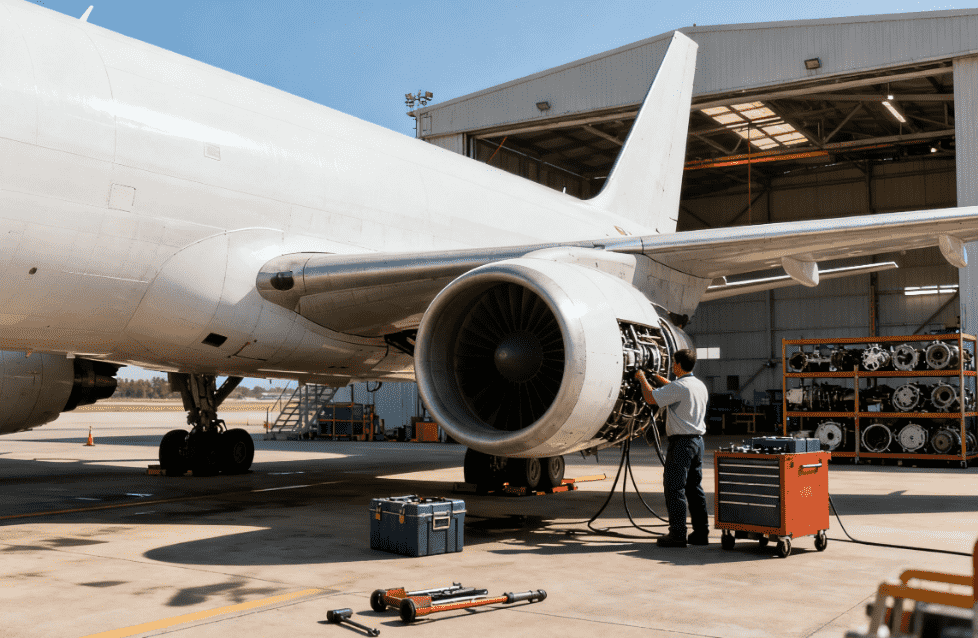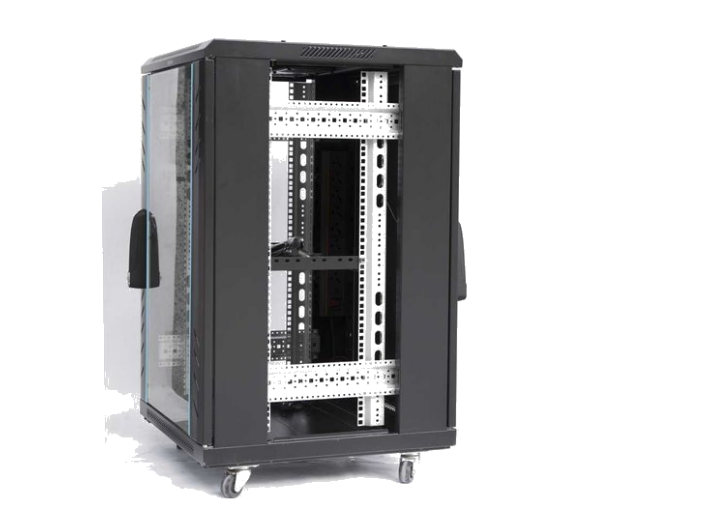
In the ever-evolving landscape of global trade, efficient and reliable logistics solutions are the backbone of international commerce. For businesses aiming to expand their reach from China to Uganda, understanding the nuances of shipping times across different modes—sea, air, and rail—is crucial. This guide, crafted by industry experts, delves into the specifics of each transport method, providing valuable insights for cargo agents and businesses seeking dependable freight service.
Introduction: The Importance of Choosing the Right Logistics Partner
In today’s interconnected world, the success of international trade hinges on the ability to move goods swiftly and securely across borders. For companies operating between China and Uganda, selecting the right logistics solutions can mean the difference between meeting customer expectations and facing costly delays. Winsail Logistics, a leader in global freight forwarding, emphasizes the significance of informed decision-making when it comes to choosing the most suitable shipping method.
Whether you’re a seasoned exporter or new to the from China to Uganda route, understanding the pros and cons of sea, air, and rail freight is essential. Each mode offers distinct advantages in terms of cost, speed, and reliability, making it imperative to align your shipping strategy with your business objectives.
Section 1: Sea Freight – The Economical Choice for Bulk Shipments
Sea freight remains the most cost-effective option for transporting large volumes of goods from China to Uganda. While it may not be the fastest method, its affordability makes it a preferred choice for businesses dealing with heavy or bulky items.
Shipping Time Overview
The average transit time for sea freight from major Chinese ports like Shanghai or Shenzhen to Mombasa, Kenya (the nearest major port to Uganda), ranges between 25 to 40 days, depending on the shipping line and route. From Mombasa, goods are typically transported overland to Kampala, adding an additional 3 to 7 days. Therefore, total shipping time can extend up to 47 days under normal circumstances.
Factors Influencing Shipping Time
- Port Congestion: Delays at origin or destination ports can significantly extend transit times.
- Weather Conditions: Adverse weather, such as monsoons, can disrupt sailing schedules.
- Customs Clearance: Efficient documentation and compliance reduce clearance times.
- Shipping Line Efficiency: Different carriers have varying levels of reliability and speed.
Advantages of Sea Freight
- Cost-Effective: Ideal for non-urgent, high-volume shipments.
- Environmentally Friendly: Lower carbon footprint compared to air freight.
- Versatility: Can accommodate a wide range of cargo types, including oversized items.
Considerations for Cargo Agents
When advising clients on sea freight, cargo agents should emphasize the importance of planning ahead to mitigate potential delays. Offering value-added services like cargo insurance and real-time tracking can enhance customer satisfaction.
Section 2: Air Freight – The Speedster for Time-Sensitive Shipments
For businesses requiring rapid delivery of goods, air freight stands out as the premier choice. Despite its higher cost, the speed and reliability of air transport make it indispensable for time-sensitive or high-value cargo.
Shipping Time Overview
Direct flights from major Chinese airports (e.g., Guangzhou, Beijing) to Entebbe International Airport in Uganda typically take 8 to 12 hours. However, considering customs clearance, ground handling, and last-mile delivery, the total door-to-door time can range from 3 to 7 days.
Factors Influencing Shipping Time
- Flight Availability: Direct flights may not always be available, necessitating transshipments.
- Customs Efficiency: Streamlined processes at both ends expedite clearance.
- Cargo Handling: Proper packaging and labeling reduce handling time.
- Peak Seasons: High demand during holidays can lead to capacity constraints.
Advantages of Air Freight
- Speed: Fastest mode of transport for urgent shipments.
- Security: Enhanced safety measures minimize the risk of theft or damage.
- Reliability: Consistent schedules and fewer disruptions.
Considerations for Freight Service Providers
Freight service providers should focus on offering flexible scheduling options and efficient customs brokerage services. Building strong relationships with airlines and ground handlers ensures priority treatment for clients’ shipments.
Section 3: Rail Freight – The Emerging Middle Ground
Rail freight has emerged as a viable alternative to sea and air transport, particularly for businesses seeking a balance between cost and speed. The China-Europe rail network, which extends to East Africa via intermodal connections, offers a compelling proposition.
Shipping Time Overview
The journey from China to Uganda via rail involves multiple legs. Cargo typically travels by train from Chinese cities like Chongqing or Chengdu to a transshipment point in Europe (e.g., Duisburg, Germany), then by sea to Mombasa, and finally overland to Kampala. Total transit time averages 20 to 30 days, making it faster than sea freight but slower than air.
Factors Influencing Shipping Time
- Rail Schedule Adherence: Delays can occur due to rail network congestion.
- Transshipment Efficiency: Smooth transitions between rail and sea reduce overall time.
- Border Crossings: Customs and regulatory checks at international borders.
- Infrastructure Quality: Well-maintained rail lines and ports ensure smooth operations.
Advantages of Rail Freight
- Cost-Effective: More affordable than air freight, especially for medium-volume shipments.
- Environmentally Sustainable: Lower emissions compared to air transport.
- Reliability: Less susceptible to weather-related disruptions than sea freight.
Considerations for Logistics Solutions
When recommending rail freight, logistics solutions providers should highlight the importance of selecting experienced partners familiar with intermodal operations. Offering end-to-end visibility through digital tracking systems enhances transparency and trust.

Section 4: Comparative Analysis and Decision-Making Framework
Choosing the right shipping method requires a thorough evaluation of cost, speed, and reliability. The following table provides a comparative overview:
| Factor | Sea Freight | Air Freight | Rail Freight |
|---|---|---|---|
| Cost | Lowest | Highest | Moderate |
| Speed | Slowest | Fastest | Moderate |
| Reliability | Moderate (weather) | High | High (infrastructure) |
| Suitability | Bulk, non-urgent | Urgent, high-value | Medium-volume, balanced |
Decision-Making Criteria
- Urgency: Prioritize air freight for time-sensitive goods.
- Budget: Opt for sea freight for cost-sensitive shipments.
- Cargo Type: Consider rail for medium-sized, moderately urgent cargo.
- Risk Tolerance: Evaluate the impact of potential delays on your business.
Section 5: The Role of Cargo Agents in Streamlining Logistics
Cargo agents play a pivotal role in facilitating smooth from China to Uganda shipments. Their expertise in documentation, customs regulations, and carrier selection ensures compliance and efficiency. By leveraging their networks, agents can negotiate favorable rates and secure capacity even during peak seasons.
Key Responsibilities of Cargo Agents
- Documentation: Preparing accurate bills of lading, invoices, and certificates of origin.
- Customs Clearance: Navigating complex import/export regulations.
- Carrier Selection: Identifying the most suitable shipping lines or airlines.
- Risk Management: Advising on insurance and contingency plans.
Section 6: Future Trends and Innovations in Logistics
The logistics industry is undergoing rapid transformation, driven by technological advancements and changing consumer expectations. Key trends shaping the from China to Uganda corridor include:
- Digitalization: Blockchain for secure documentation, AI for demand forecasting.
- Sustainability: Adoption of electric vehicles and renewable energy sources.
- Intermodal Integration: Seamless transitions between sea, air, and rail.
- Last-Mile Innovation: Drones and autonomous vehicles for remote deliveries.
Conclusion: Navigating the Path Forward with Confidence
Selecting the optimal shipping method from China to Uganda demands a nuanced understanding of each mode’s strengths and limitations. By partnering with a trusted freight service provider like Winsail Logistics (https://www.winsaillogistics.com), businesses can navigate this complex landscape with confidence. Whether prioritizing cost, speed, or sustainability, informed decisions backed by expert guidance ensure successful outcomes in the dynamic world of international trade.
In conclusion, the journey from China to Uganda is as diverse as the goods it carries. By embracing the right logistics solutions, businesses can unlock new opportunities and build resilient supply chains capable of weathering any challenge. The future of global trade is bright, and with the right partners, the path to success is clearer than ever.
-
 Door to Door by Air Leather Fabric from Guangzhou to Dubai2025-10-17
Door to Door by Air Leather Fabric from Guangzhou to Dubai2025-10-17 -
 Door to Door by Ocean Freight Pull the Cart from China to Dubai2025-10-16
Door to Door by Ocean Freight Pull the Cart from China to Dubai2025-10-16 -
 Door to Door by Air Freight Second-hand Samsung Mobile Phones from Hongkong to Lagos2025-10-15
Door to Door by Air Freight Second-hand Samsung Mobile Phones from Hongkong to Lagos2025-10-15 -
 Air Freight Fabric from Shanghai to Dammam2025-10-13
Air Freight Fabric from Shanghai to Dammam2025-10-13 -
 Door To Door By Ocean Freight Fuel Filter From Guangzhou To Jebel Ali2025-10-11
Door To Door By Ocean Freight Fuel Filter From Guangzhou To Jebel Ali2025-10-11 -
 Ocean Freight Service Network Cabinet From Tianjin To Jeddah2025-10-10
Ocean Freight Service Network Cabinet From Tianjin To Jeddah2025-10-10

